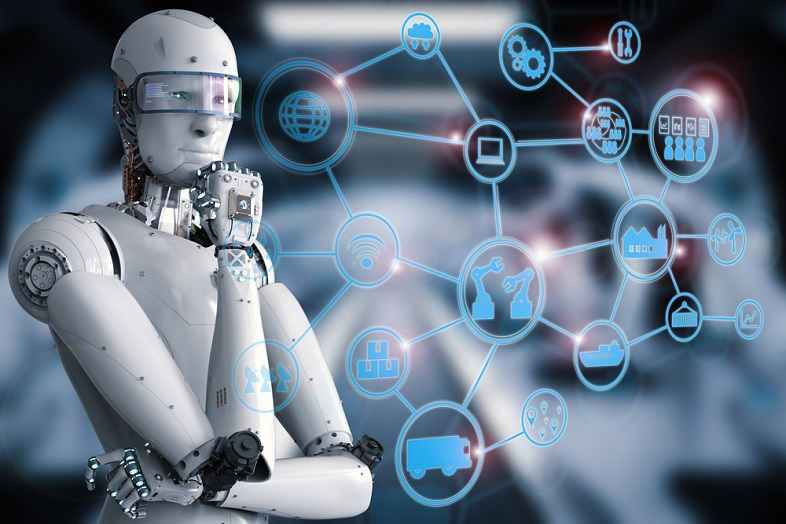Online buying has changed the retail scene dramatically and given customers hitherto unheard-of accessibility and ease. Customers can investigate a large range of products, compare prices, and read reviews free from the limitations of traditional brick-and-mortar retailers by browsing and buying goods from anywhere. Mobile technology, tailored recommendations, and creative tools like augmented reality, which together provide a more interesting and customized buying experience, also help to accentuate this change. Knowing these factors becomes crucial for customers and stores negotiating this changed market as e-commerce keeps expanding.
Table of Contents
Online shopping
The emergence of e-commerce has changed customer behavior by letting consumers peruse and buy goods from the comfort of their homes. A few clicks will let people access a large range of products, compare prices, and read reviews while avoiding the crowds and long lines of conventional retail. With customized recommendations and simple payment methods, mobile applications and websites have simplified the shopping experience and made it more handy than ever to locate exactly what one wants. Further improving the online buying experience is incorporating augmented reality elements and video for retail. This lets consumers see goods in their environment and observe them in action before deciding on anything.
Mobile shopping
Smartphones have transformed the shopping scene by allowing people to buy on demand. Shoppers may quickly locate bargains, track orders, and get alerts about sales on their devices thanks to mobile apps meant for flawless navigation and rapid checkout. While features like location-based services help users find local merchants and discounts, the simplicity of mobile wallets enables safe transactions free from the need for actual cash or cards. Consequently, the freedom to buy anywhere and anytime has stimulated impulse purchases and a more dynamic and involved shopping experience.
Personalized recommendations
Thanks to advanced algorithms and machine learning, stores can customize shopping experiences to fit individual tastes, raising customer satisfaction. Analyzing past purchases, browsing behavior, and even social media activity helps companies provide each customer with tailored product recommendations. This degree of personalization helps consumers find new products and encourages brand loyalty since it makes them valued and understood. Moreover, tailored recommendations might result in greater sales and better conversion rates since customers are more inclined to interact with goods that fit their requirements and interests.
Augmented reality shopping
Interactive displays and virtual try-ons change buyers’ impressions of goods before buying them. Using augmented reality technology, consumers may view, via their smartphones or tablets, how clothes fit, how furniture looks in their houses, or even how makeup looks on their skin. Because consumers can evaluate objects in a reasonable environment, this immersive experience lowers uncertainty and improves confidence in purchase choices. Retailers also gain since augmented reality draws tech-savvy customers, promotes involvement, and lowers return rates, improving the shopping experience.
Driven by customer tastes and technological changes, internet buying has evolved to change the retail scene drastically. Consumers today have a more interesting and customized way to buy because of mobile shopping’s convenience, bespoke recommendations, and augmented reality experiences. Along with improving consumer loyalty and satisfaction, this change gives stores creative means to interact with customers and maximize sales. Integrating these technologies will probably help reimagine the purchasing experience as e-commerce expands, making it progressively accessible for everyone.
Follow Techdee for more!



